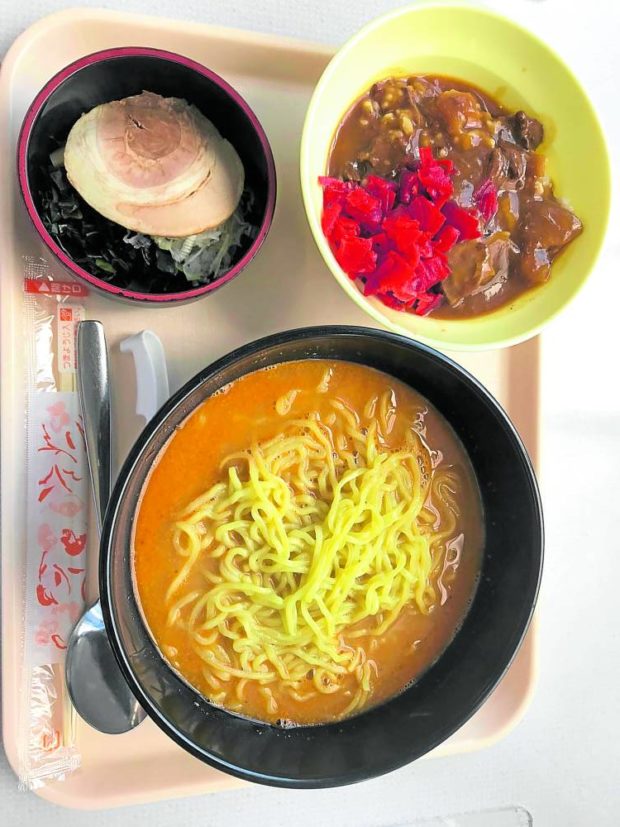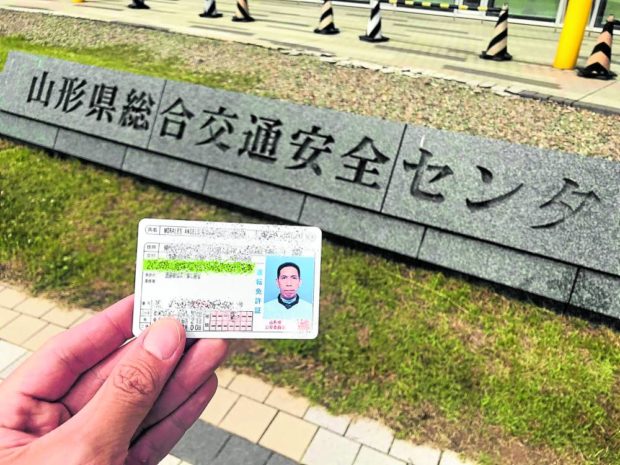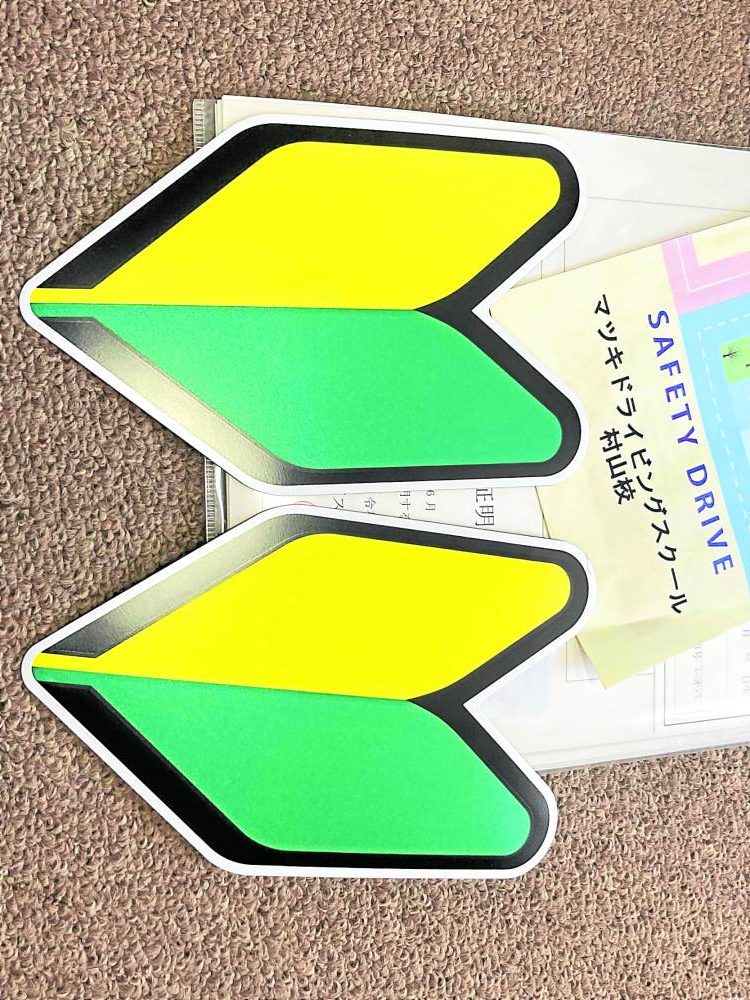“Untenmenkyosho goukaku omedetou gozaimasu (Congratulations on getting your driver’s license.) Go to Room 202, please,” said one of the staff, as I made my way back to the counter to check what I should do next.
It was almost noontime on a blistering June Tuesday. I was in one of the large rooms of Yamagata prefecture’s Traffic Safety Center, waiting for the final instructions before I get my Japanese driver’s license card.
Earlier, I was in the same room along with probably 30 to 40 other people, mostly Japanese in their early to mid-20s. We were there for the gakka shikken (written test), the final hoop to jump through to get a Japanese driver’s license.
The test, 90 questions (true or false, and situation-related) required completion in 50 minutes and a passing score of 90 percent. Sounds easy? It’s not. The sentences are tricky and need to be read carefully. I’ve been told some people have had to take the test five times or more before making the grade.
The reality that I am now a Japanese driver’s license holder took a while to sink in. I never imagined I would ever get a driver’s license, let alone one in another country.
For the past two months, I had to give up most weekends to spend them at a local driving school. I realized that I ended up learning more than just Japan’s road rules and regulations.
Opportunity to practice Japanese
Basic Japanese would teach you migi (right) and hidari (left), but at the driving school, you get to learn traffic-related vocabulary such as usetsu (turn right) or sasetsu (turn left).
From the paperwork and the textbooks to communicating with the school staff and instructors, everything was in Japanese. Class lectures were naturally conducted in Japanese, and while almost every lecture included watching instructional videos, the subtitles depended on who the majority of the foreign students were. Sometimes the subtitles were in English, sometimes in Portuguese.
An instructor or two could speak some conversational English, but they didn’t always get assigned to you during driving practice.
Admittedly, the instructions given in Japanese added to my stress, but I imagine it was also stressful on the instructor. After all, they had to make sure that the person behind the wheel understands what’s going on and turns out to be qualified to drive.

Technology was definitely heaven-sent, as I used the Translate app for documents that I had to sign.
Meeting other Filipinos
It turns out that aside from churches, driving schools are another place to meet kababayan. On my first day, I heard a group of guys speaking Tagalog. Music to my ears. Chatting with them, I found out that the group was part of a driving school camp. Some of them were based in Aichi prefecture, others were based in Mie prefecture.
They were kind enough to explain the class schedule and it was good being able to chat with fellow Filipinos about life in Japan.
Driving lessons in Japan cost a lot, and I mean a lot. I’ve yet to meet someone who learned how to drive because their parents or a tito or tita taught them. It seems the default is to go to driving school. Courses start at ¥220,000 (P89,000) upwards, about the same as a monthly salary for certain jobs.
One Filipino said he had to shell out ¥400,000 (P165,000). He joined a driving camp, which is about 14 days. The fee included airfare and accommodations.
On top of the course fee, you also have the test fees and other fees at the Traffic Safety Center, which in my case was around ¥10,000 (P4,000), and textbooks, which were around ¥6,000 (P2,400). Textbooks are usually included in the course fee but as expected, they were all in Japanese. I bought the translated version, which were essential in preparing for the written tests.
Never too old
“Taikosha wo minaide (Don’t look at the oncoming car)!” an instructor in the passenger seat barked at me. It rattled me but it helped me stick to my lane. On another occasion, another instructor bellowed, “No! No!” as I repeatedly fumbled in my attempt to do parallel parking. Driving instructors were randomly assigned during practice and almost all spoke only Japanese.
Looking back now, those instances I got yelled at were probably effective because such experiences made sure students never forget the learning point. I know I won’t. The few times I rented a car and drove on my own, the voice of the instructor rang in my head: “Taikosha wo minaide!”
On the other hand, most of the other instructors were supportive and understanding. My usual prologue was to tell them I’m a total newbie and if possible, it would be helpful if they used easy Japanese for both our sakes.
One really is never too old to learn.

Perhaps this was my biggest takeaway from the experience. I never bothered to learn how to drive when I was in Manila for practical and economic reasons. Living in Singapore, Tokyo and Kobe also didn’t bring up the need to acquire driving skills, as transportation services in those places were reliable and convenient.
Yamagata prefecture, on the other hand, is a different story. A local joke is that in this prefecture , about 400 km north of Tokyo, each family member has their own car, which I suspect in some cases may be true.
When to use your car horn
Was it worth it? I think so. If I hadn’t gone to driving school, I wouldn’t have known essential rules such as when to use your car horn or what to do in case an emergency vehicle approaches (near an intersection and at places other than intersections). Thinking about it now, I can probably count on my two hands the number of times I’ve heard a car honk in the four months I’ve been living in Yamagata.
Another lesson here is to get your driver’s license in the Philippines and have it converted, though I still recommend reading and memorizing the road rules of Japan. After all, this is a country that places an emphasis on harmony, whether it be between people on the streets or between drivers on the road.
It’s been weeks since I got my driving license. Admittedly, I’m still working on making smoother left and right turns, and I have to put the beginner’s mark for a year. I’ve been renting a car to get more driving hours while I search for a secondhand car within my budget. But that’s another story.














































